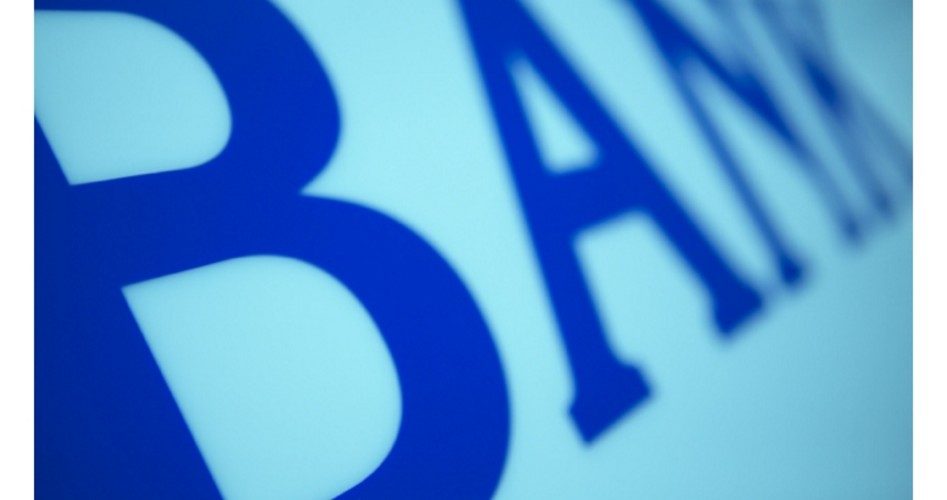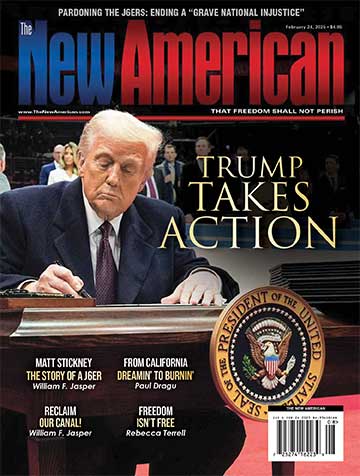
The Federal Reserve Bank will keep suppressing interest rates to near zero for more than a year, according to Federal Open Market Committee meeting minutes released August 20, despite talk about an “eventual normalization of the stance and conduct of monetary policy.”
According to the Federal Reserve Bank’s Open Market Committee meeting minutes of July 29-30, “Almost all participants agreed that it would be appropriate to retain the federal funds rate as the key policy rate, and they supported continuing to target a range of 25 basis points for this rate at the time of liftoff and for some time thereafter.” Twenty-five basis points is 0.25 percent, the rate at which the Fed loans to member banks. The minutes — released to the public August 20 — stated that the street expectation for the time of “liftoff” to begin raising the Federal Funds discount loan rate to member banks is the third quarter of 2015.
The Federal Reserve has been pushing off the end-date for zero interest rates for years, as a rise in interest rates would likely create another recession and spike federal government deficits (federal debt service payments are currently kept to a minimum by record-low interest rates).
The meeting minutes also “stressed the importance of communicating a clear plan while at the same time noting the importance of maintaining flexibility so that adjustments to the normalization approach could be made as the situation changed and in light of experience.” In essence, the participants at the FOMC meeting admitted they didn’t know what they were doing, noting that participants really don’t know what to expect from the market reaction to a future rise in interest rates and will have to make it up as they go.
Under Federal Reserve Bank rules, member banks (which are regular commercial banks) are required to maintain a certain amount of funds “reserves” at their regional Federal Reserve Bank branch. This is considered stock, but it is non-voting stock, and the banks are paid interest for their stock deposits of no more than six percent, according to law. The Fed also allows member banks short on cash the privilege of borrowing money from their overnight window at a discount rate, called the “Federal Funds” rate. The Federal Funds rate is currently set to a target rate of 0-0.25 percent, the historically low rate it has maintained since 2008.
The Federal Funds rate has been the mechanism by which the Fed has manipulated interest rates historically. But when it became ineffective in 2008 in preventing the recession, the Fed engaged in massive market purchases of U.S. Treasury bills, mortgages and student loans called “quantitative easing.” The Federal Reserve has purchased more than $4 trillion in those financial “securities” since 2008, with money created out of nothing.
The meeting minutes suggested that a new method of more closely manipulating interest rates is also being tested by the Fed. The minutes explained that the “Federal Reserve continued its ON RRP exercise” and that its “ON RRP exercise jumped to a record high at quarter-end on June 30.” The Overnight Reverse Repurchase facility (ON RRP) would put a floor on Federal Reserve interest rates, as they raise by loaning out Federal Reserve assets — Treasury bills and private mortgages — to financial institutions with a commitment to repurchase them at a pre-arranged price. The financial institutions purchasing the assets (member banks, mutual funds and government-sponsored enterprises such as Fannie Mae and Freddie Mac) would be guaranteed a profit for their investments. And the Federal Reserve would take more of their capital out of the free market available for loans, driving up market interest rates closer to the Federal Funds rate.
Citibank Portfolio Manager John L. Bellows noted back in a March analysis that “At the moment we think it is more likely than not that the ON RRP will become the Fed’s primary tool for setting interest rates, replacing the current tools (the federal funds rate and the IOR [Interest on Reserves]).” Bellows warned that the ON RRP runs substantial risks of aggravating a recession. “In times of financial stress, market participants may choose to withdraw overnight loans to banks, instead parking cash at the Fed’s ON RRP facility, which is ‘risk-free.’ This flight-to-quality could exacerbate bank-funding challenges during times of stress, and thereby may actually increase the risk of a financial panic.”



